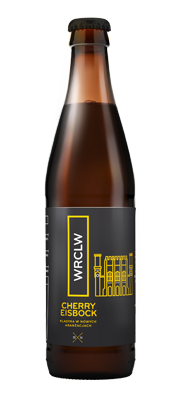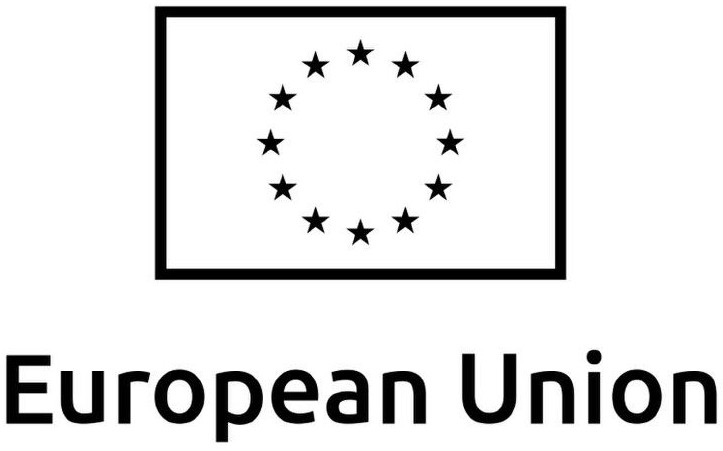The first freeze-dried beer in the history of Browar Stu Mostów. This amber lager filled with caramel, toasted bread, and dry fruit tones has been enriched with 100% cherry juice. The aromas are intensified by freeze-dried water whose crystals have been extracted from precondensed beer. The freeze-dry process gives effects that are not possible to produce in classical brewing methods. Meet a traditional bock in a completely new version!
 |
 |
WRCLW Cherry EisbockThis amber lager filled with caramel, toasted bread crust, and dry fruit tones has been enriched with 100% slow-pressed juice from Polish cherries. |
Style
The bock style has its origins in the town of Einbeck located in the north of Germany, which served as an important brewing and exporting hub in the 14 th and 17 th century. Beginning with the 17 th century bock has been mostly associated with Munich. The word “bock” is derived from the way “Einbeck” was pronounced in the Bavarian dialect. The name has gained in popularity when bock brewing was moved to Munich. Bock has also lent its name to the Polish variation of the style “koźlak.” Another German town of Kulmbach witnessed the creation of a traditional specialty made of doppelbock. Namely, an unusual version of this beer produced through freeze-drying and extracting ice to concentrate its flavour and increase alcohol contents.
Malts/extract
We have kept traditional bock grist made of Munich malts that give the beer its full- body and sweetness. Caramel malts enhance sweetness and bring to mind caramelized bread crust thanks to produced melanoidins. They produce the ruby colour of the brew.
Hops
We have used only one hop variety, the traditional Magnum, which has produced the required bitterness level and full-body to balance the sweetness of precondensed bock.
Extra ingredients/ spices:
Before freeze-drying , we added high quality NFC juice pressed from sour and aromatic Polish cherries. This made it possible for us to freeze-dry both the beer and juice.
Freeze-dry brewing:
Freeze-dried brewing is a fascinating process. Since ethanol freezes in temperatures lower than water (-114°C to be precise), it is possible to freeze-dry water and extract crystals from precondensed beer. As a result, taste, aroma, and alcohol contents are more condensed. Interestingly enough, the higher alcohol contents beer has, the lower temperature it freezes in. And yet, the beer freezing temperature is still high in comparison with the remaining extract. Most beers freeze at between -2 to -4 °C. Freeze drying is not very effective in terms of amounts of brewed beer. However, its effects are spectacular. In contract to traditional brewing methods, freeze-drying allows for brewings really strong beers. The strongest beer produced in the process of multiple freeze-drying has had 67.5% vol!
- Style: Fruit Eissbock
- Parameters
- Extract: 26,4 % obj. (before freeze-drying 22.0% vol.)
- Alcohol: 10,8 % (before freeze-drying 9.0% vol.)
- IBU: 48 (before freeze-drying 40)
- Ingredients:
- Malts: Munich, Pilsner, Caramel 100-130 EBC,
- Hops: Bitter: Hallertau Magnum (DE)
- Yeast strain: bottom fermentation W34/70
- Extra ingredients: pressed cherry juice (8%)
- Look: deep ruby, clear, low pink head
- Aromas: malty: toasted bread crust, caramel, cherry confiture
- Mouthfeel:
- Liquor
- Full-bodied, sour
- Warming, with sour cherry finish
- Serving temperature: 12-17 ⁰C
- Glass: Tulip, Sniffter
- Foodpairing:
Dishes: Yorkshire pudding with sausages and beer and honey sauce; cabbage stew with prunes and tofu
Cheeses: smoked sheep cheese; Stilton with walnuts
Desserts: ginger cake with butter sauce and coffee glazing

